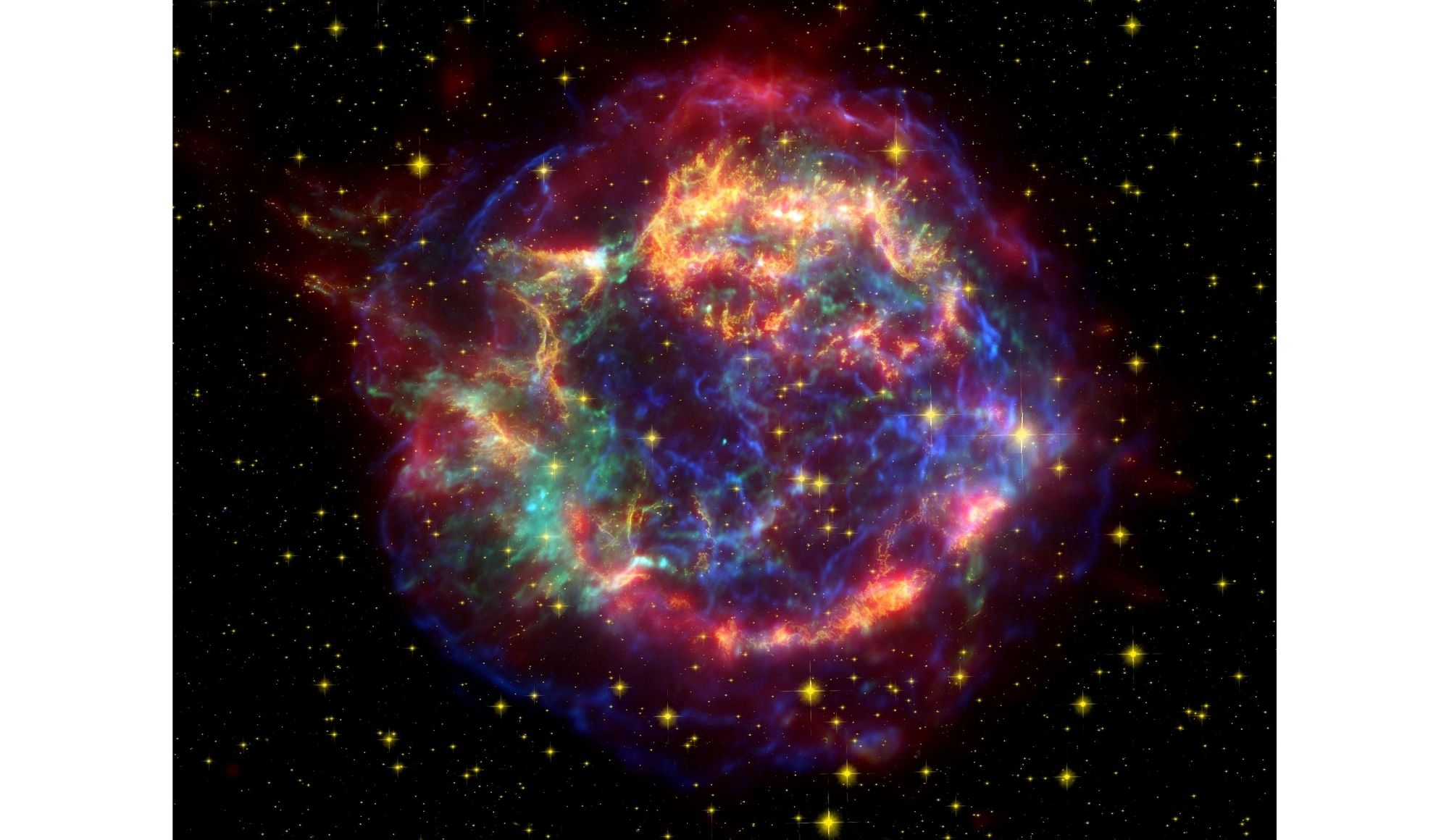27 Year VC Investor Bets BIG on Data Firm
Steve Jurvetson is a venture capitalist with a history of extraordinary bets. Jurvetson has long tied his investing coattails to his pal Musk, with whom he first became acquainted during Tesla’s fledgling Roadster days.
While Jurvetson exited Tesla’s board a couple of years ago, he is an active investor in SpaceX as well as Musk’s The Boring Company, which aims to take automobile traffic underground.
Future Ventures, his investment vehicle, actively invests in companies specializing in sustainability, robotics, AI, space, and other futuristic companies. His latest bet: Planet Labs. What is it about this space data company that has attracted his interest and capital?
What is Planet Labs?
Planet Labs has approximately 200 satellites orbiting the earth, allowing government agencies and businesses to track changes on Earth daily.
Surprisingly, many of these satellites are no bigger than a shoebox. They offer both high- and medium-resolution images, as well as infrared. Together, these images are accessible via Planet’s APIs, web applications, and GIS integrations.
PL also offers a library of base maps, allowing users to detect changes caused by weather, building, military conflict, and more. Base maps allow users to track vehicles, aircraft, and vessels of vital importance during times of political unrest.
The state of water, temperature, and vegetation can also be tracked. Data and images are captured in real-time through PL’s API. And Planet allows users to access automated, cloud-based imagery and an analytics platform providing access to the comprehensive, daily dataset captured by PL’s satellite constellations.
Revenues come from selling licenses to its data and analytics via a fixed-price subscription and usage-based contracts.
How is PL’s Data Used?
There are many potential applications for Planet’s Geographic Information System (GIS), including:
- Agriculture
- Defense & Intelligence
- Drought Response
- Government
- Education & Research
- Energy & Infrastructure
- Forestry
- Finance & Insurance
- Mapping
- Maritime
- Sustainability
For instance, in 2021, when the Suez Canal was blocked by the 200,000-ton container ship, the Ever Given, PL’s satellites captured images as the event happened. And now, with the Russian invasion of Ukraine, PL’s images are allowing NATO intelligence sources real-time views of the latest attacks, as well as troop surges along Ukraine’s borders.
Planet has recently teamed with NASA’s Jet Propulsion Lab in Pasadena, two universities in Arizona, a foundation, and an environmental think tank to form a new nonprofit, Carbon Mapper. Carbon Mapper aims to identify super-emitters of methane and carbon dioxide emissions.
What’s PL’s History?
Planet Labs was founded in 2010 by three former NASA physicists: Robbie Schingler, William Marshall (CEO), and Chris Boshuizen. Boshuizen left the company in 2015.
Planet’s mission is singular: to map the entire globe with satellite images every single day. The differentiating factor and key to PL’s success is its fleet of Dove satellites, tiny shoebox-sized components that are cheap to produce and are launched as secondary payloads on large rockets. Each Dove collects 10,000 images each day, which are then relayed to radios and ground stations in Antarctica, Chile, Iceland, and Hawaii amongst other locations.
With its headquarters in San Francisco and offices around the world, Planet has been actively acquiring competitors, most notably Terra Bella, formerly called Skybox Imaging, as well as BlackBridge.
In December 2021, Planet Labs merged with dMY Technology Group, Inc. IV, a publicly traded special purpose acquisition company. The combined company was renamed Planet Labs PBC, allowing PL to go public on December 8, 2021, trading at $10 a share.
Since then Planet share price has had a haircut to the tune of almost 50%.
Who Else is All-In on Planet Labs?
Besides Jurvetson, whose holdings in PL amount to 9.25 percent ownership of the company, Alphabet (parent to Google) is a big investor. It holds 31,942,641 shares, or 12.95 percent, making it the single largest beneficial owner of PL.
Other acquirers of PL include:
- ICS Opportunities II LLC (23,822 shares)
- Integrated Core Strategies (US) LLC (1,081,476 shares)
- Riverview Group LLC (1,000,000 shares)
- Integrated Assets II LLC (459,034 shares)
- ICS Opportunities LTD (60,000 shares)
- Millennium International Management LP (542,856 shares)
- Millennium Management LLC ( 2,624,332 shares)
- Israel A. Englander (2,624,332 shares)
- Sculptor Capital LP (100,628 shares)
- Sculptor Capital II LP (100,628 shares)
- Sculptor Capital Holding Group (100,628 shares)
- Sculptor Master Fund (19,875 shares)
- Sculptor Credit Opportunities Master Fund LLC (18,846 shares)
- Sculptor SC II LP (57,670 shares)
Is it Time to Buy PL?
Most analysts rank PL as a buy or strong buy. It’s certainly at a bargain-basement price; price estimates go as high as $15.00 a share. The consensus is closer to $12.00.
Given the volatile nature of the tech sector, combined with current world crises and a global economy suffering from both supply chain woes as well as Russia’s invasion of Ukraine, it’s possible the per-share price could drop slightly more. But Planet has all the hallmarks of a good buy.
Revenues are north of $100 million annually and growing. The company has reasonable margins, no debt, and a hefty cash pile following its public markets debut. Trading with a market cap less than $2 billion the company could prove to be a big winner over the next decade, particularly if it can win business in new sectors, including finance and agriculture.



